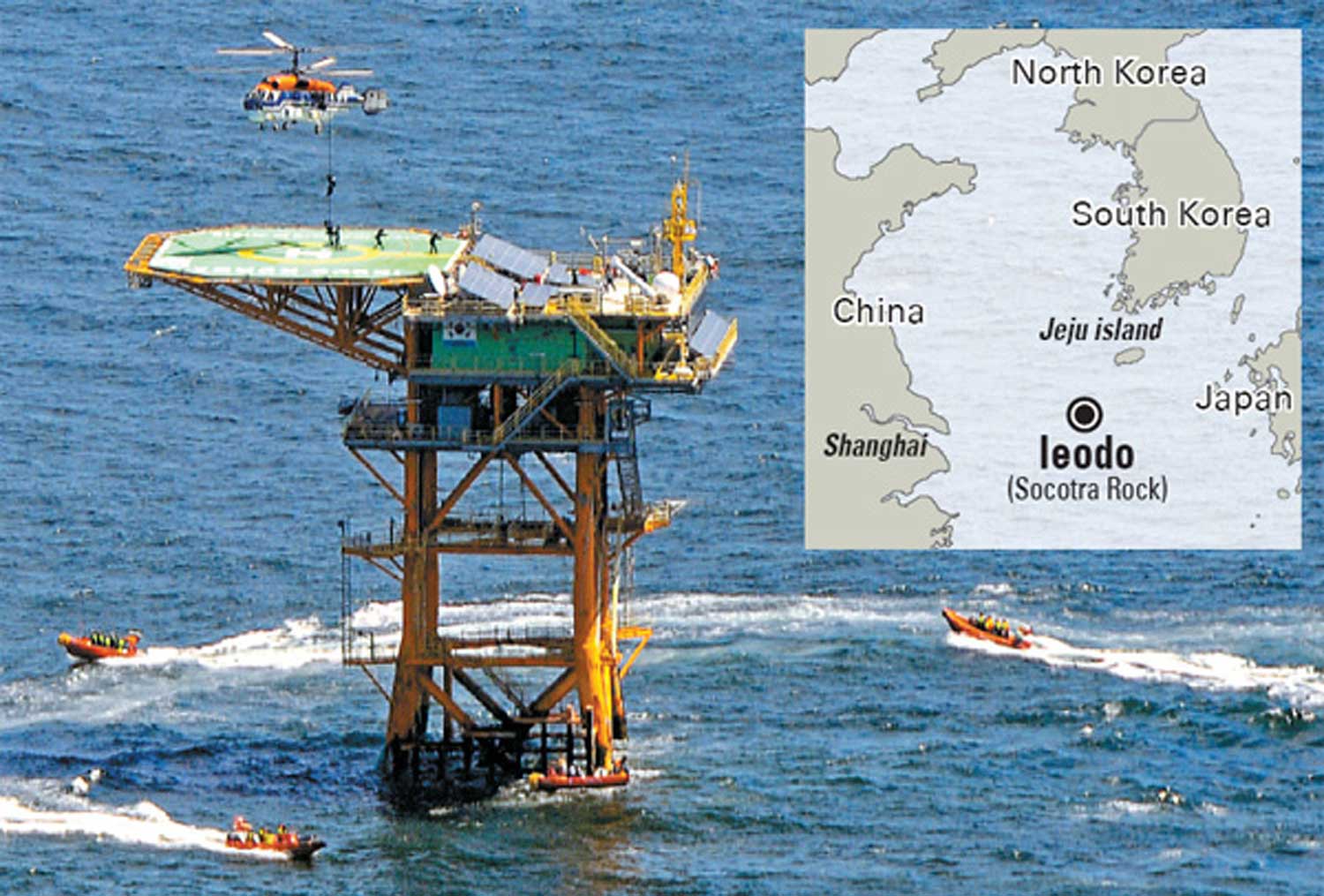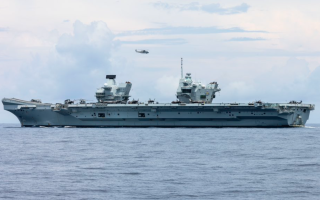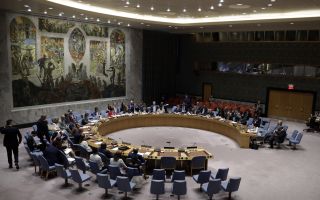
News
Comment: Between The Rock And A Hard Place

Today is the 2nd anniversary of South Korea officially extending its air-defence identification zone (ADIZ) to cover a rarely seen underwater rock. Theoretically, any other state which wants to fly over the rock needs to tell Seoul about it in advance. There’s a problem here, China also has an ADIZ in the area and it takes in the rock. So does Japan.
So, China wants the rock, South Korea wants the rock, Japan doesn’t want to rock this particular boat, but does claim nearby islands. Something has to give, the question is how to give it, and how to get it without coming to blows. Happily this month China and South Korea will meet to discuss their maritime borders and this underwater hazard will quickly surface.
The rock is known internationally as the Socotra and is 4.6 metres below the waves in the Yellow Sea, it can only be seen when there are extremely rough seas and a deep enough trough is created to uncover the surface. It is 155 nautical miles from the nearest Chinese island, 80 from the nearest South Korean island. S Korea has extended upwards from the rock and built a heliport and a small research station. It followed this up by demanding that Beijing redraw its own ADIZ so that it didn’t include Socotra. Beijing said no.
Nevertheless a confident South Korea President, Park Geun Hye pushed on and created a South Korean ADIZ, declaring Socotra to be inside it. At the time she said “We reached the decision prudently after consultations with various groups and related ministries so we may guarantee our maximum national interest as a sovereign nation,”
The region is already full of tensions with the Chinese announcing an ADIZ in the East China Sea in 2013 and has been ‘island building’ in the South China Sea which may lead it to declare one there. South Korea, Japan, and the USA have all flown unannounced military flights through the East China Sea zone to test the Chinese reaction.
Who cares about submerged rocks other than mariners and indeed submariners? Answer - everyone - because if you claim the rock, then under the UN’s Law of the Sea, you claim not sovereignty over it, but, instead that your Exclusive Economic Zone extends 200 miles from it in all directions. That’s a lot of fish.
The detail of the law is bound up in distance, continental shelves, and tides and the two sides are due to discuss all this by the end of the year. However, the South Korean coastguard has clashed with Chinese fishermen near Socotra and the danger of escalation is present.
This dispute is about many things, but the overarching theme in all the maritime disputes now going on in the Yellow, East, and South China Seas is that of China pushing outwards as it expands to become a global power.
Beijing has an interesting tactical decision to make when it comes to Socotra. It knows that if it stands firm in every confrontation in its region it sends out the message that China does not back down. However, that stance could push the other states in the region (bar North Korea) even closer to the Americans. If it compromises, the neighbours may draw the conclusion that they can do business with China and thus hedge their bets on their alliances with the USA.
What lies beneath? A rock and hard diplomatic calculations.
Tim Marshall is the founder and editor of the international relations website www.thewhatandthewhy.com. Formerly the Foreign and Diplomatic Editor for Sky News he's the author of several books including Prisoners of Geography and Dirty Northern B*st*rds! And Other Tales From The Terraces









